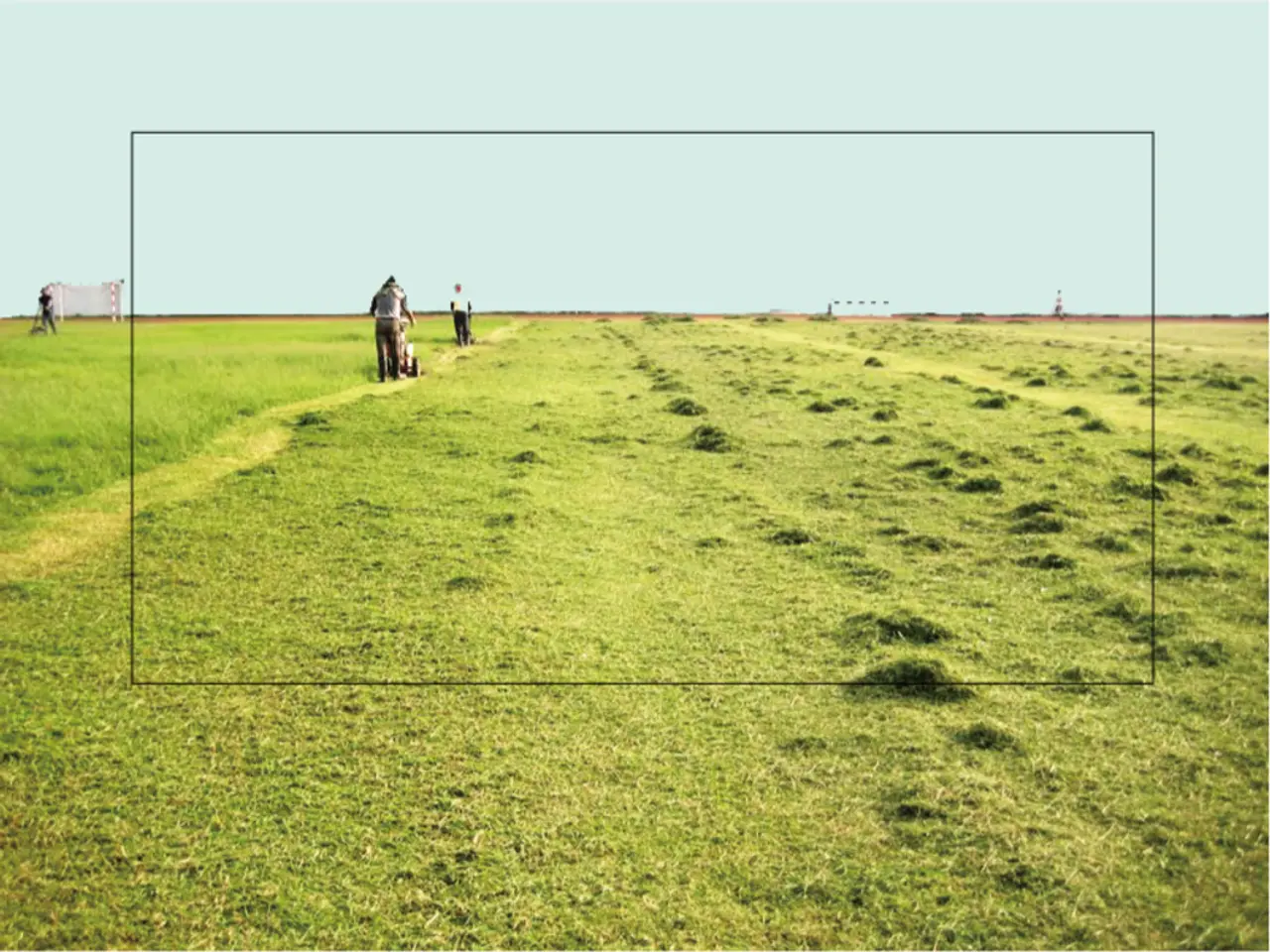Quarterly Performance Analysis - Insights and Takeaways
In the pursuit of personal and professional growth, one individual has found success in adjusting their goal setting strategies to align with seasonal changes in motivation levels. This approach, based on expert insights and behavioural science, has enabled the individual to maintain progress year-round while reducing the risk of burnout or stagnation during low-energy periods.
1. **Setting SMART Goals with Seasonal Context** The individual adapts their goals to be Specific, Measurable, Achievable, Relevant, and Time-bound, considering the seasonal environment. During high-energy seasons like summer, more ambitious or growth-oriented targets are set, while in periods of lower motivation, focus is shifted towards maintenance or smaller, manageable steps.
2. **Utilising Temporal Landmarks and Rhythms** Leveraging natural or artificial temporal landmarks, such as the start of a season or a "100-day sprint," creates psychological fresh starts that boost motivation. Breaking annual goals into quarterly, monthly, and weekly objectives helps maintain momentum despite seasonal dips in motivation.
3. **Visualizing and Reinforcing Goals Regularly** Employing tools like vision boards or written reminders placed in visible areas helps continuously reinforce the individual's aspirations, especially during seasons when motivation is lower.
4. **Seeking Accountability and Social Support** Partnering with a "goal buddy" or accountability partner provides social support, sharing progress and challenges. This element helps sustain motivation through seasons when it naturally wanes, offering encouragement and shared commitment.
5. **Assessing and Revamping Goals Seasonally** Regularly evaluating current progress and adjusting goals to reflect changing priorities, energy, and external conditions inherent to the season ensures that goals remain relevant and aligned with reality.
By integrating these strategies, the individual has created a goal-setting system that is responsive to *seasonal motivation cycles*, enabling continuous progress and reducing the risk of burnout or stagnation during low-energy periods.
**Summary Table**
| Strategy | Seasonal Adaptation | Benefit | |------------------------------|--------------------------------------------------------------|-------------------------------------| | SMART Goals | Tailor objectives to seasonal energy (more or less ambitious) | Clarity and realistic pacing | | Temporal Landmarks & Rhythms | Use seasonal starts and cycles for fresh motivation | Sustained focus and feedback loops | | Visualization Tools | Vision boards or reminders in visible places | Constant motivation reinforcement | | Accountability Partners | Engage peers for support and check-ins | Increased commitment and encouragement| | Seasonal Assessment | Review and adjust goals at season shifts | Relevance and alignment with reality |
The individual's unique approach to goal setting has proven effective, as demonstrated by their recent quarterly review. The review, which covered the past three months, was an emotional journey filled with frustration, pride, gratitude, and newfound clarity. The individual acknowledged challenges such as fluctuating energy levels and unexpected illnesses, necessitating flexibility and the implementation of 'Plan B' lower energy options.
In the spirit of continuous improvement, the individual has narrowed down their quarterly goals to three specific ones, which they plan to review monthly. The individual also performs a year-end review to assess progress and make adjustments for the future.
During winter, the individual focuses on deep work and planning, making it a period of hibernation. On the other hand, spring is lighter and more focused on home projects, gardening, and adventures. For the upcoming April, the individual has set aside fewer goals, focusing on three instead of twelve, to accommodate their current state and maintain a manageable workload.
In preparation for their goal review, the individual sets aside dedicated, distraction-free time. They also use journaling and artificial intelligence tools like ChatGPT for deeper reflection and thought clarification during their goal review process. The individual encourages others to consider their own quarterly goal review, finding it insightful and beneficial, particularly for managing a neurodiverse brain.
The individual's approach to goal setting involves visualizing and reinforcing goals regularly, whether through vision boards or written reminders, to maintain motivation, especially during seasons when it may be lower (Personal Growth, Goal-Setting). In the spirit of continuous improvement, the individual sets aside dedicated, distraction-free time to perform a year-end review, assess progress, and make adjustments for the future, aligning their goal setting strategy with seasonal changes in motivation levels (Education-and-Self-Development).




